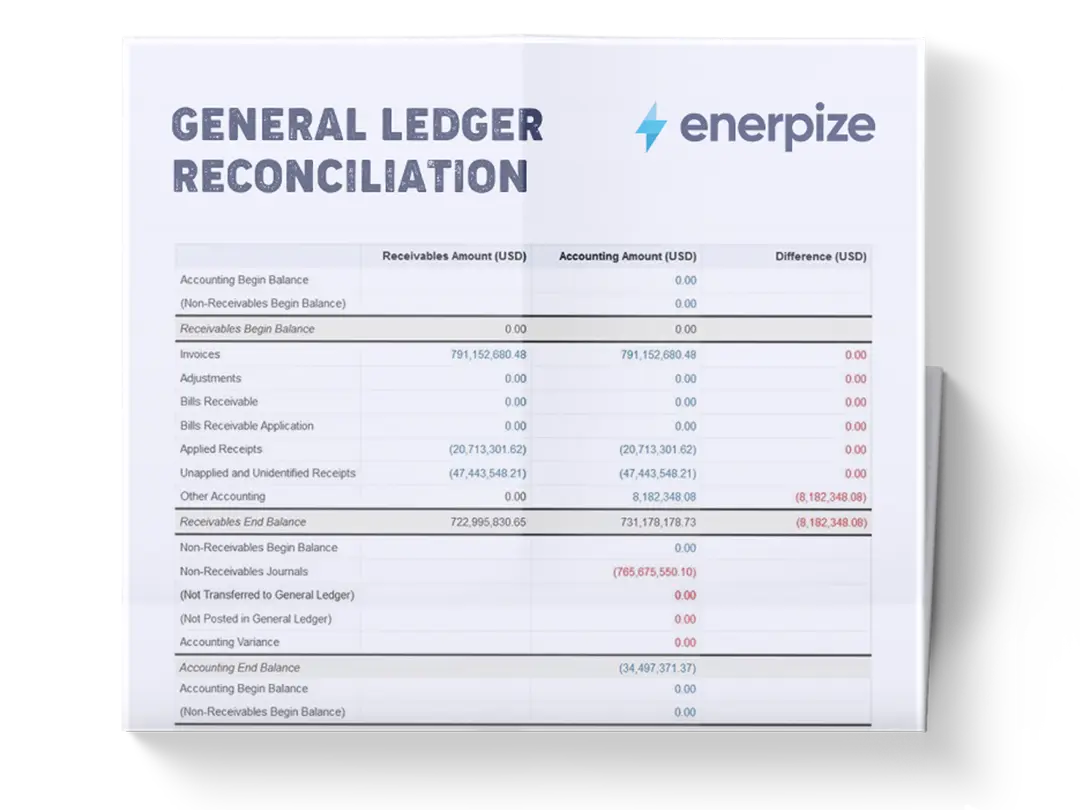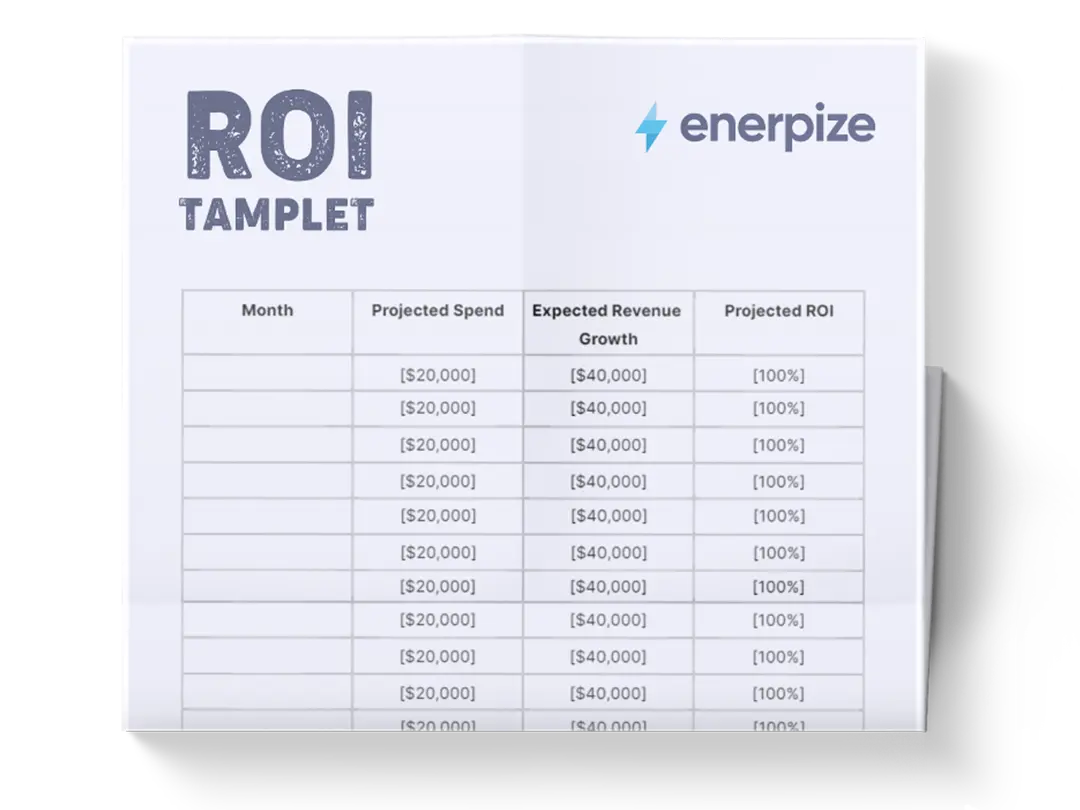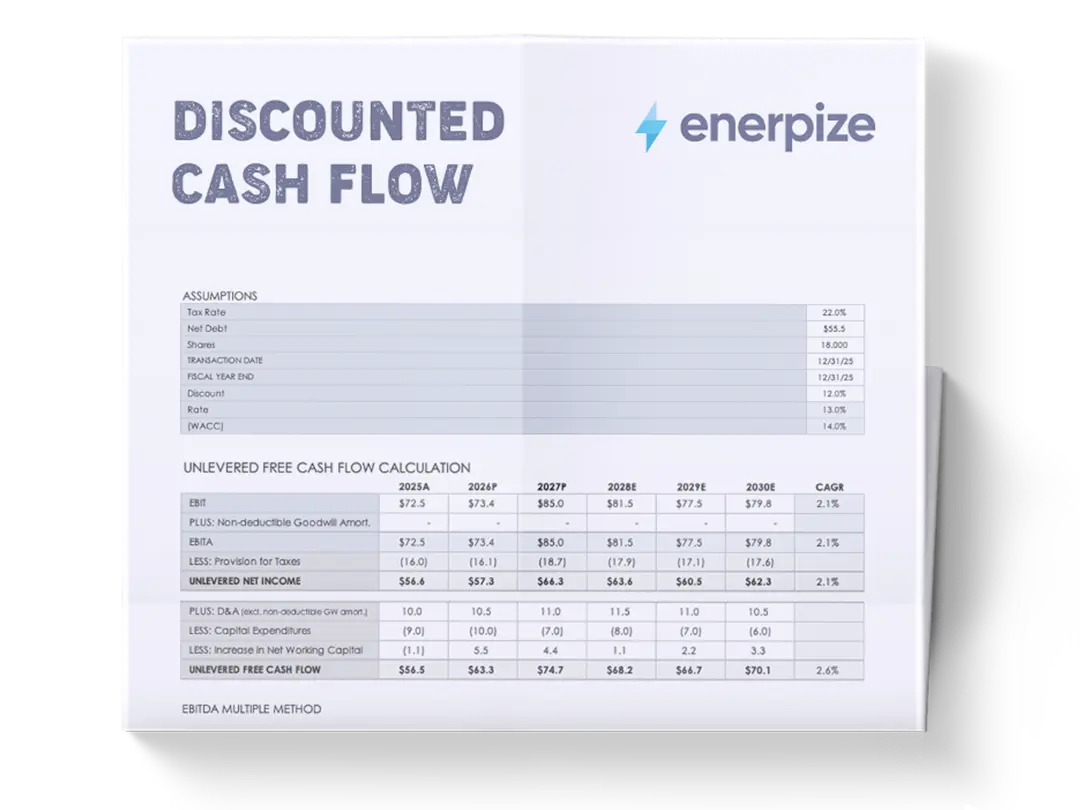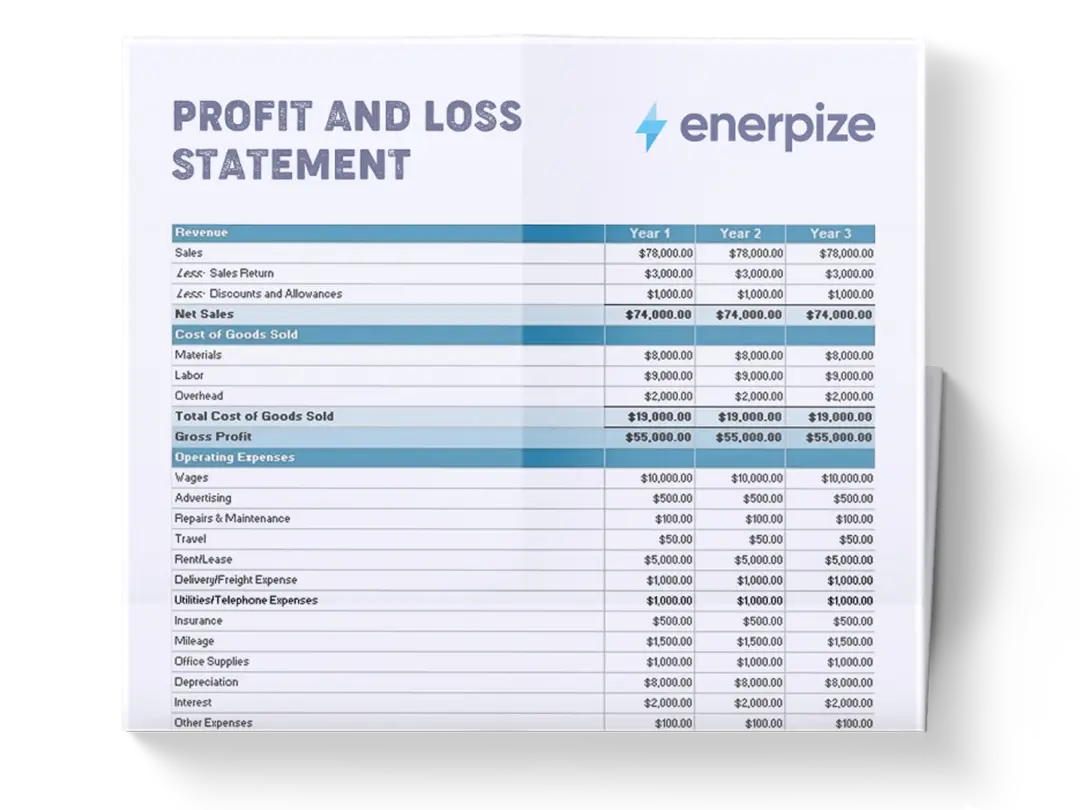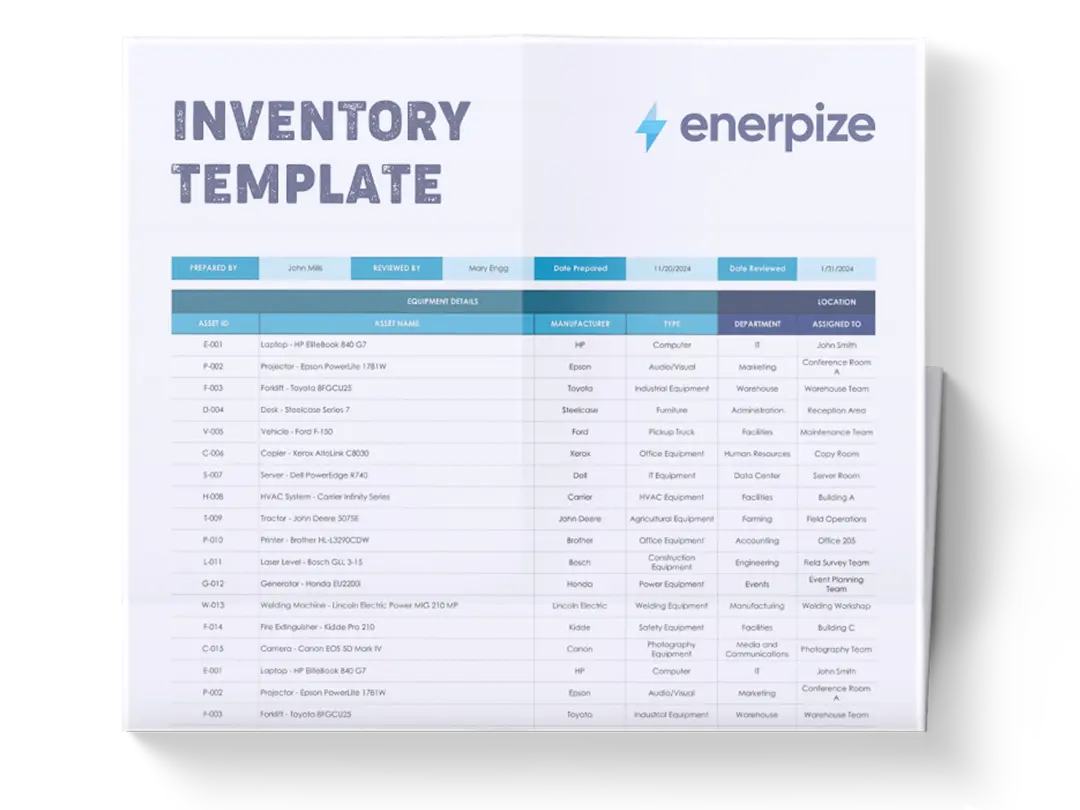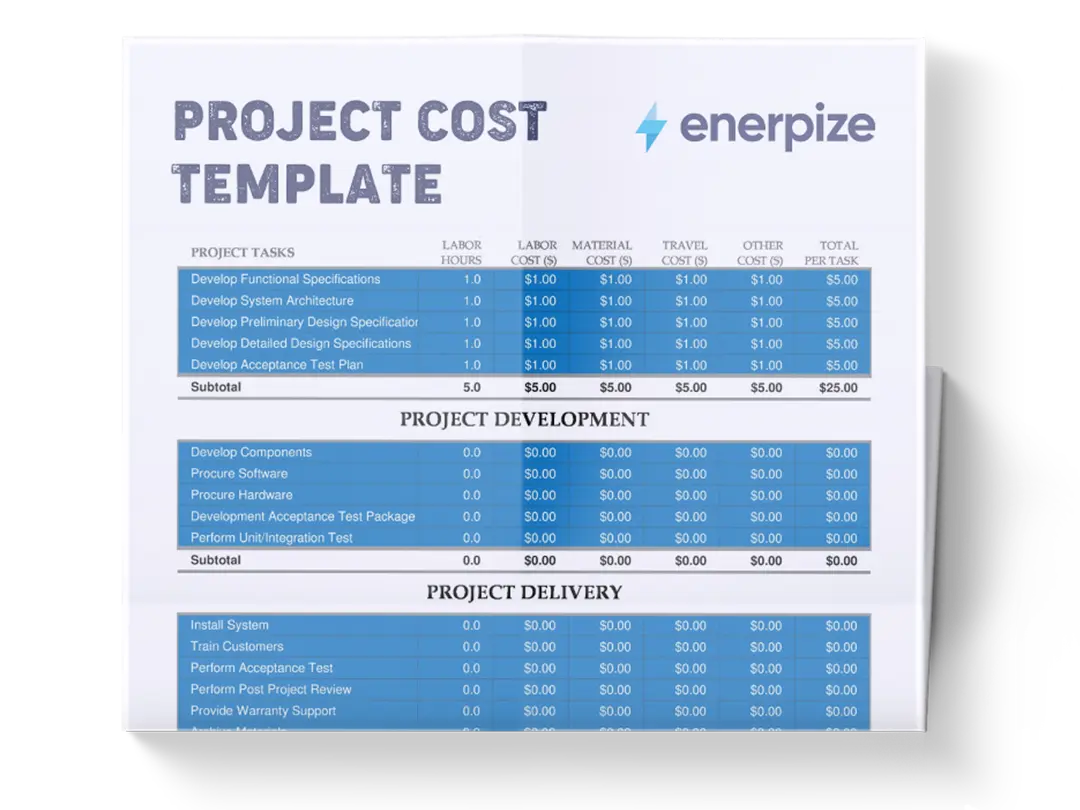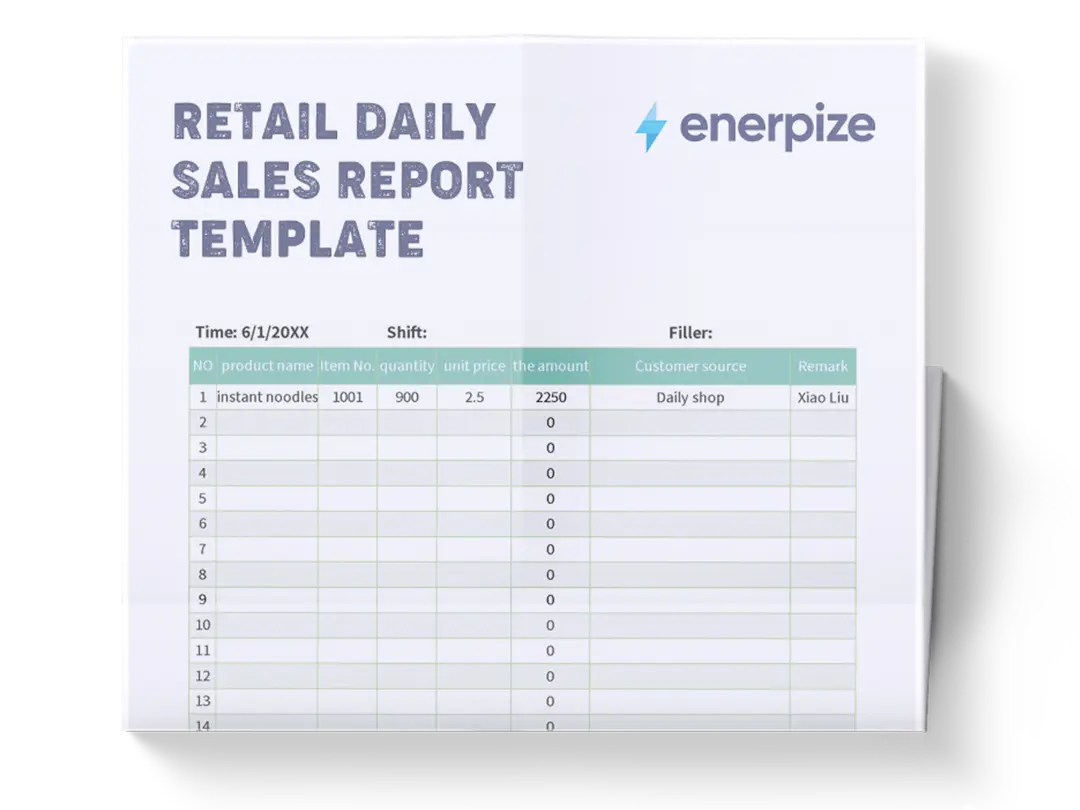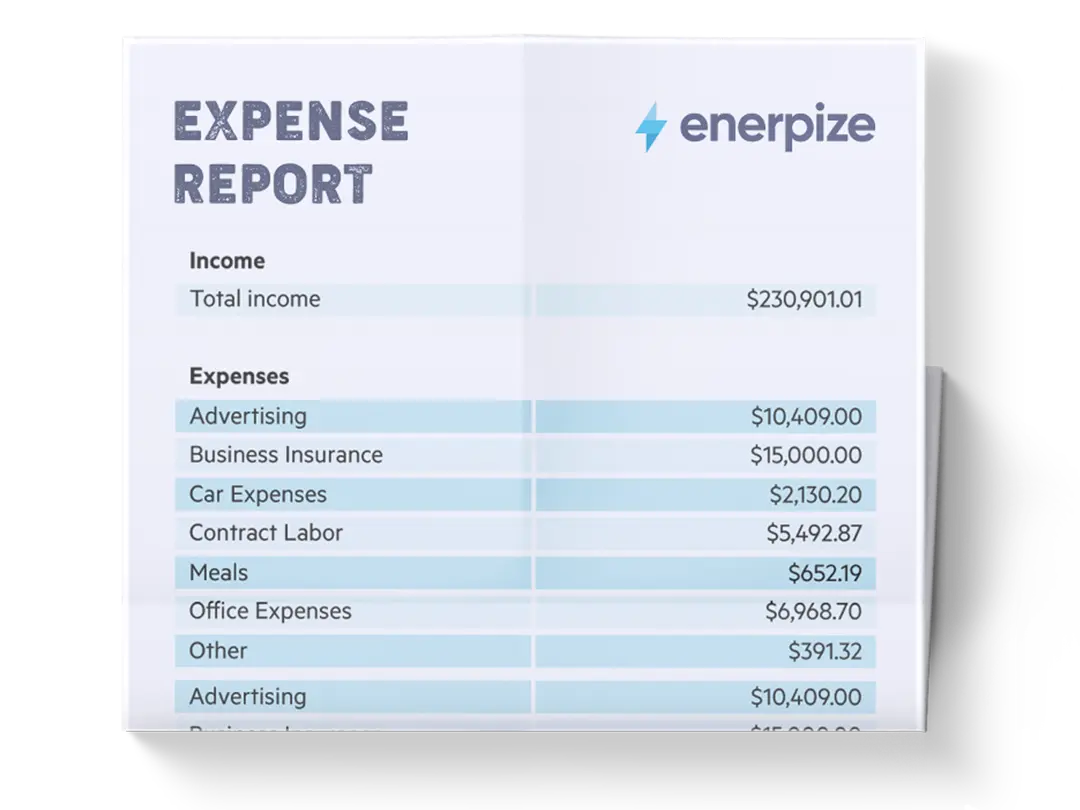Posted on 22 October 2025
Asset Register Template Excel & Google Sheets
- The asset register template is available in Excel & Google Sheets.
- Records all business assets with purchase cost, useful life, and depreciation details.
- Used for asset management, financial reporting, and audit preparation.
- Ideal for accountants, operations managers, and business owners seeking accuracy and control over asset tracking.
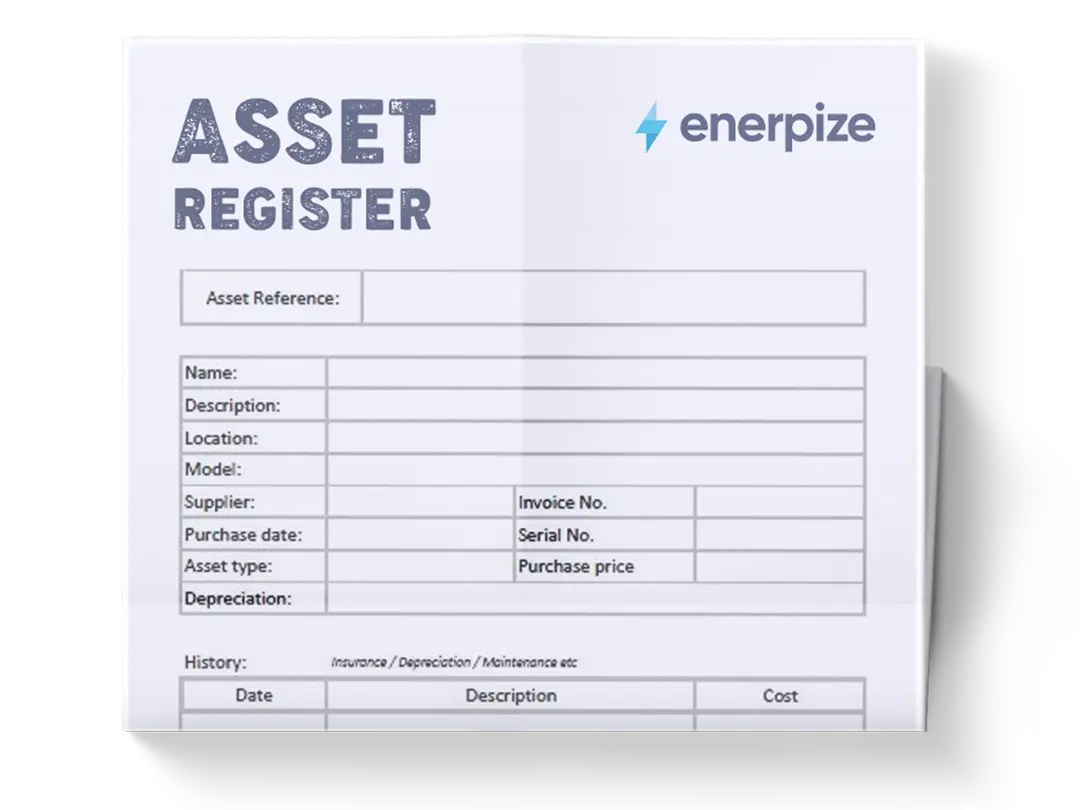
What is the Asset Register Template?
The asset register template is designed to record, track, and manage every asset an organization owns throughout its lifecycle. It functions as a repository of essential data, detailing each asset’s description, location, purchase date, cost, depreciation, and current value.
Beyond simple record-keeping, the fixed asset register template provides the foundation for financial reporting, audit readiness, and strategic decision-making. Whether you’re managing physical equipment, digital assets, or specialized tools, an asset register ensures that every item of value is documented, maintained, and accounted for.
In practice, it’s not just a list—it’s a management system that helps organizations monitor asset performance, plan maintenance schedules, prevent losses, and ensure compliance with accounting and insurance standards.
What does the Asset Register Template contain?
Asset ID
Each asset is assigned a unique identifier or code, such as “IT001” for a laptop or “EQP002” for a projector. This eliminates confusion when tracking or referencing items, especially during audits or insurance claims. It also allows for easy cross-referencing between your accounting system, inventory list, and maintenance logs.
Asset Name
The name or short description of the asset. Clear naming ensures everyone in the organization understands what each entry refers to. Consistent naming conventions also make sorting, filtering, and reporting much more efficient.
Purchase Date
This records when the asset was acquired and marks the start of its useful life. Accurate entry of the purchase date is critical for calculating depreciation and ensuring your financial statements reflect the correct value over time. It also helps when determining warranty coverage or maintenance schedules.
Purchase Cost
The original cost of the asset, including any additional expenses required to bring it to working condition (like shipping, installation, or configuration). Recording the full purchase cost provides a reliable base for calculating depreciation and ensures transparent expense reporting.
Useful Life (Years)
The expected period during which the asset will provide economic benefit. This varies by asset type. Estimating this accurately is key to calculating depreciation and ensuring consistent reporting practices across your organization.
Annual Depreciation
This column automatically calculates the yearly depreciation expense using the straight-line method. The formula divides the asset’s cost by its useful life, allowing you to recognize the expense evenly over time. Tracking this helps you understand how asset value decreases and how it affects your profit and loss statements.
Accumulated Depreciation
Shows the total depreciation recorded since the asset’s purchase. This figure grows each year until the asset reaches the end of its useful life. Monitoring accumulated depreciation is essential for knowing how much of the asset’s value has already been expensed, helping ensure your balance sheet reflects accurate values.
Net Book Value
The current accounting value of the asset, calculated as Purchase Cost minus Accumulated Depreciation. This shows the asset’s worth on paper and helps guide decisions about replacement, disposal, or resale.
Remarks
A flexible field for notes—such as warranty status, maintenance records, or reasons for disposal. Adding remarks provides useful context for each asset and supports internal audits, insurance claims, or budgeting for replacements.
How to Use the Asset Register Template?
1- List All Business Assets
Start by compiling a complete list of your organization’s tangible assets—such as office equipment, vehicles, furniture, or machinery. Include only items that have a long-term benefit (typically over one year). Skipping this step leads to inaccurate depreciation totals and incomplete financial records.
2- Assign Unique Asset IDs
Create a logical ID system to avoid duplication and simplify referencing. This makes future updates and audits faster and more reliable.
3- Enter Purchase Details Accurately
Input the purchase date, cost, and supplier information. Include all associated costs—installation, delivery, or setup fees—to capture the full value. Many businesses understate asset cost by omitting these extras, which later skews depreciation and ROI calculations.
4- Set Useful Life and Depreciation Method
Define the useful life based on your company’s accounting policy or industry standards. Consistency across all assets ensures comparability and compliance during audits.
5- Calculate Depreciation Automatically
Once useful life is entered, the Excel asset register template automatically calculates both Annual Depreciation and Accumulated Depreciation. Always double-check formula accuracy before locking the sheet.
6- Review Net Book Value Regularly
The Net Book Value field updates automatically as depreciation accumulates. Review it quarterly or annually to decide when to replace aging assets or write off fully depreciated ones. Maintaining realistic values improves financial forecasting and investment decisions.
7- Add Notes and Track Changes
Use the Remarks section to record asset condition, maintenance schedules, or transfer notes. Regular updates prevent information gaps, especially when multiple departments share the same register.
8- Audit and Reconcile Periodically
Cross-check the register with physical counts and accounting records at least once a year. This ensures the listed assets still exist, are in usable condition, and match book values. Regular reconciliation strengthens internal controls and prevents ghost assets (items recorded but no longer in possession).
Importance of the Asset Register Template
Improves Asset Tracking
The asset register template provides a clear, organized record of every asset—its location, condition, and assigned custodian. This eliminates guesswork and prevents loss or duplication. Teams can instantly retrieve asset details, confirm their usage, and maintain full visibility across departments, which is essential for operational control and accountability.
Provides accurate Financial Reporting
A detailed register supports financial transparency by recording acquisition costs, accumulated depreciation, and current asset value. This information feeds directly into balance sheets and depreciation schedules, ensuring that financial statements reflect the true value of assets. It also simplifies audits and supports compliance with IFRS or other accounting standards.
Enhances Maintenance Scheduling
The register keeps track of service intervals and maintenance history for each asset. This enables proactive scheduling, reducing the likelihood of equipment failure or downtime. Well-maintained assets not only perform better but also retain value longer—saving the organization from unplanned expenses.
Boosts informed Budgeting and Investment Decisions
By showing which assets are nearing the end of their useful life, underperforming, or frequently repaired, the register provides solid data for budgeting and investment planning. It helps decision-makers prioritize capital expenditures, allocate funds efficiently, and justify replacements or upgrades with evidence-based reasoning.
Streamlined Auditing Processes
During internal or external audits, having all asset information organized in one place ensures smooth verification and accurate reconciliation. Auditors can easily trace each asset’s acquisition, movement, and current value, strengthening the credibility of financial documentation and minimizing audit delays.
Improved Insurance and Risk Management
Accurate asset data prevents overpayment on insurance premiums and ensures the organization maintains appropriate coverage. In the event of loss or damage, the register serves as concrete proof of ownership and value—simplifying claims and accelerating reimbursements.
Reduced Asset Theft and Misplacement
With detailed tracking of ownership, location, and usage, the register acts as a deterrent against theft or unauthorized asset movement. Accountability is clear—every item is traceable to a responsible person or department, minimizing losses and reinforcing internal control.
Support for Strategic Planning
Comprehensive asset data provides insights into overall operational capacity and efficiency. Leadership teams can use these insights to plan expansions, evaluate return on investment (ROI), or optimize resource allocation. When assets are fully visible and accurately valued, long-term planning becomes smarter and more data-driven.
Who Can Use the Asset Register Template?
Small and Medium Businesses (SMBs)
For growing businesses, maintaining visibility over assets is critical. The fixed asset register template Excel helps owners track equipment, furniture, and IT tools without the complexity or cost of enterprise software. It provides a simple yet powerful structure for financial control and operational oversight.
Large Enterprises and Corporations
Organizations managing hundreds or thousands of assets across multiple sites rely on a robust register for coordination. It integrates seamlessly with maintenance, procurement, and accounting systems, ensuring accurate data flow and consistent asset valuation across departments.
Government and Public Sector Entities
Public organizations are held to high standards of accountability and transparency. An asset register enables them to document public property, manage depreciation, and ensure proper stewardship of taxpayer-funded assets, simplifying audits and compliance reporting.
Educational Institutions
Schools and universities often own large inventories of furniture, lab equipment, and IT hardware. The register helps administrators track usage, schedule maintenance, and allocate budgets efficiently while maintaining accurate records for audit and insurance purposes.
Nonprofit Organizations
NGOs and charities benefit from transparent asset management to maintain donor trust and meet reporting obligations. The register helps demonstrate responsible use of funds by tracking how donated or purchased assets are deployed and maintained.
Facility and Operations Managers
For professionals managing properties, vehicles, or machinery, the asset register template Excel provides a quick way to schedule inspections, monitor usage, and assess repair costs. This ensures assets remain in peak condition and operational interruptions are minimized.
Finance and Accounting Teams
Accountants use the register to calculate depreciation, reconcile asset values, and prepare financial statements. With structured data in place, month-end closing, budgeting, and audits become faster, more accurate, and less prone to errors.







